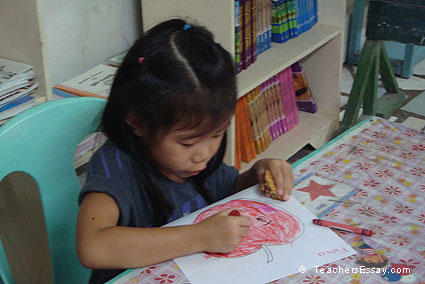Most parents and even teachers know how difficult it can be to get their children to eat healthy food, and it is so vital that they do.
Research has shown that most school children are deficient in at least one vitamin or mineral, and many have multiple deficiencies. Most preschool children do not meet the RNI (Recommended Nutritional Intake) for zinc.
One of the problems encountered was that when children (and adults, of course) are deficient in zinc, they have low-functioning taste buds and very little sense of taste or smell, so they want strong-tasting foods, i.e. strong tasting junk food. Healthy food does not taste nice enough. It takes a while to get children to change their taste buds. Continue reading “Multiple Nutrient Deficiencies among School Age Children”



